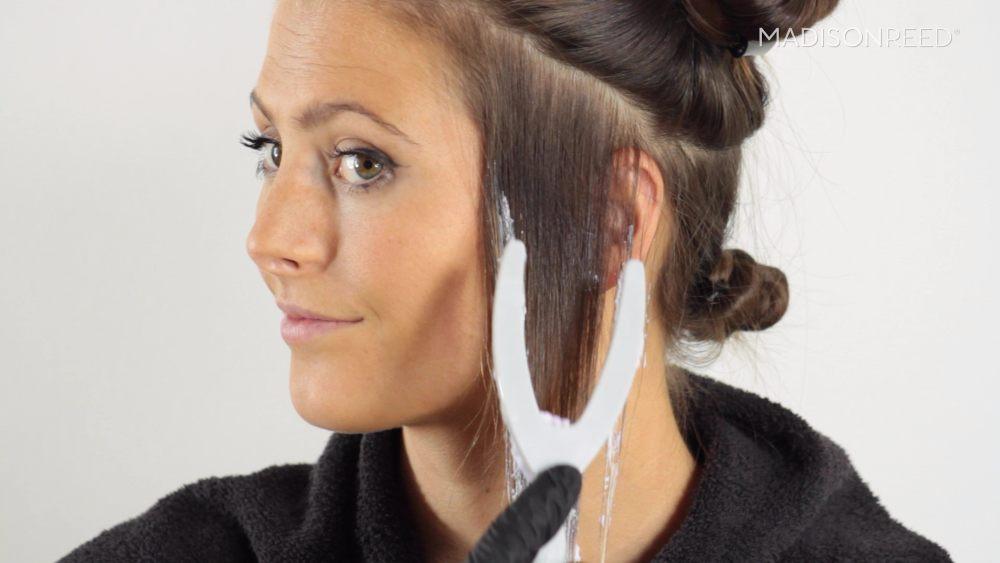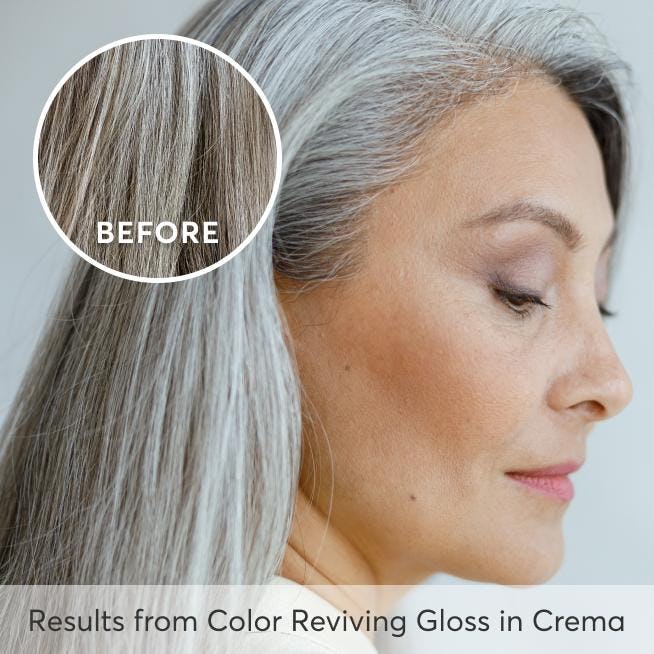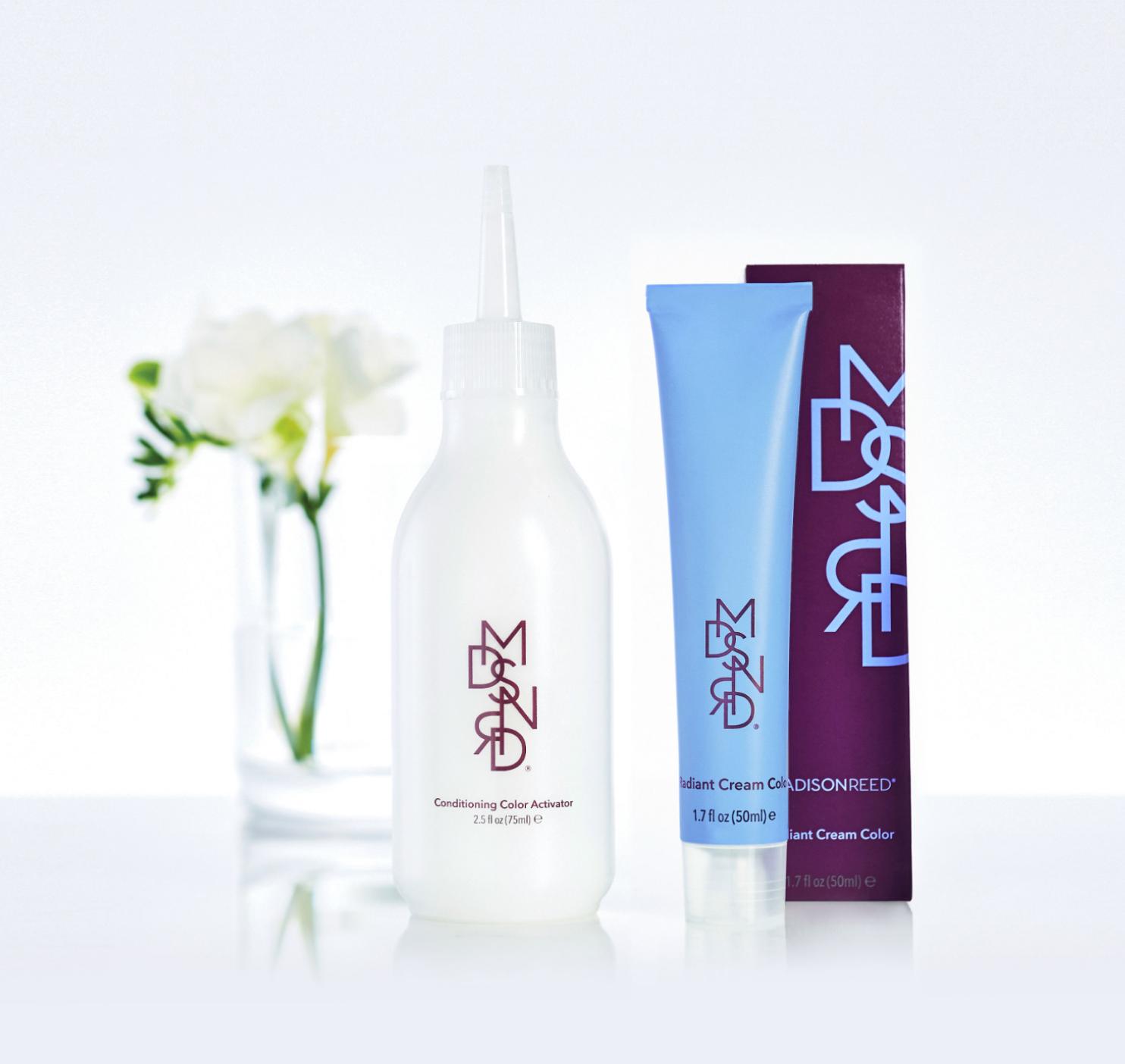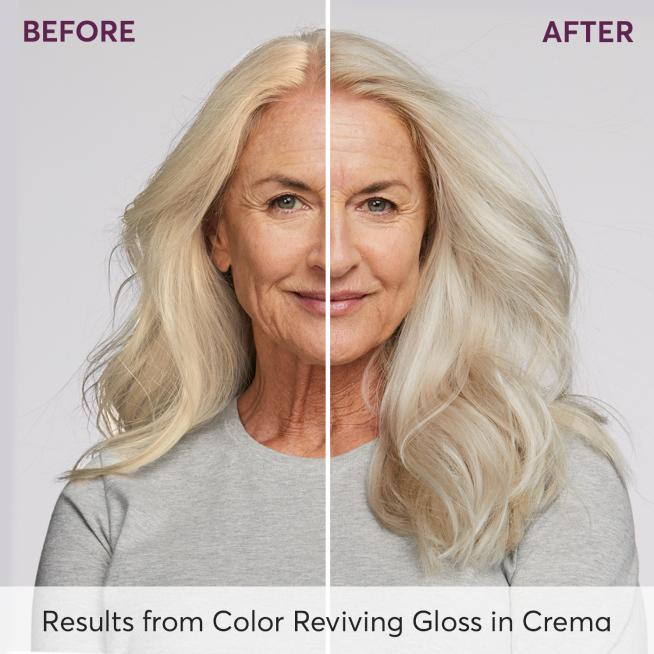There’s no shame in the gray hair game these days—everyone from Instagram darlings Maye Musk to Diane Keaton to Jane Fonda are flaunting full tinsel locks. Going fully gray goes against past hair color conventions; now, embracing silver is a way to make yourself stand out. Celebrities like Lady Gaga and Rihanna have even experimented with shades of gray in their 30’s. If you're curious about rocking gray hair, read on to find out how to transition to and maintain beautiful gray locks...
The Causes of Gray Hair Are...a Gray Area
Contrary to popular belief, gray hair is not a direct result of a single stressor—it more likely has to do with normal aging and genetics. (Look to your mother and grandmother for a good gauge.) Chronic stress as a source of silver has been mostly refuted, but the science isn’t certain just yet. Some medical conditions and lifestyle habits, however, such as smoking and diet do play a role.
Hair contains a pigment called melanin that lives in your hair cells. As your hair follicles age, they produce less melanin, resulting in gray or silver hair and eventually white hair. And no, plucking your grays won’t keep them at bay (nor will three hairs emerge in the place of one removed). Once the melanin is gone, it’s gone forever.
The History and Perception of Gray Hair
People have been covering their grays as far back as Ancient Egypt when vegetable henna was used to color hair. The Ancient Egyptians apparently hated gray hair so much that they even dyed it after death. This was true for both men and women; since then, and particularly in American culture, men have progressively been “allowed” to go gray. The first at-home hair color was launched in 1909 and marketed to women, often with a heavy dose of gray-shaming. One print ad from the 1940’s led with the headline, “Losing Friends! (because your hair is gray?).” This double standard has only grown stronger with the idea that gray-haired men are distinguished silver foxes—think George Clooney and Anderson Cooper—while women going gray is somehow an alternative choice.
While it’s true that gray hair has traditionally been synonymous with age, that perception is slowly changing. This shift is much needed. After all, some people notice their first gray hair as early as their teens and 20s, and typically most people start going gray in their mid-30s—hardly “old age.” Let us pause for a moment and say there is NOTHING wrong with getting older, either! Age is a luxury. The recent trend of dyeing hair milky shades of gray and silver has helped destigmatize the look. Gray hair color has gone from dreaded to desired, from tinsel to trendy.
Going Gray is a Gradual Process
If you’re ready to embrace the hue, there are several ways to go gray gracefully. The path you choose depends on your starting hair color and where your grays are located. Gray hair can come in sporadically spread throughout your head or in patches, typically at the temples or the hairline.
For blonde hair going gray, one way to make the transition is by blending your silver strands with blonde ones. Try our Light Works® Balayage Highlighting Kit to paint on lighter strands. It’s a low-maintenance way to stretch your blonde. Light Works will lighten or “lift” up to 3 levels on color-treated hair, and up to 4 levels on hair that has not been previously color-treated. Your results will vary depending on how light or dark your current color is, and whether you currently have color-treated hair.

For darker shades, one option is to gradually dye your hair lighter shades until the gray grows in. Keep in mind that may take years, depending on your desired hair length. Note that hair generally grows 1/2 an inch a month. If your hair is natural and not currently color treated, you can safely lift your hair two shades lighter using Radiant Hair Color.












